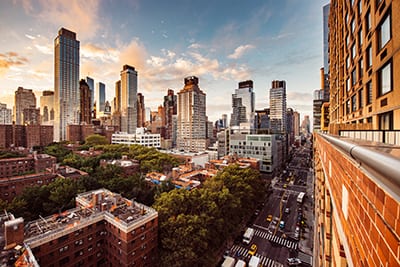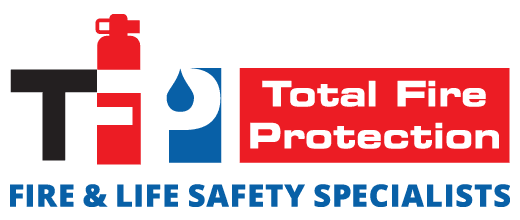 In 2004, New York City passed Local Law 26, which requires all residential buildings at least 40-feet tall to have commercial fire sprinkler systems installed within 15 years. The law targeted buildings under construction and approximately 1,200 previously completed residential buildings at least 100 feet tall. The law passed after the New York City Council implemented suggestions made by a task force responsible for reviewing safety standards in the wake of the September 11th attacks.
In 2004, New York City passed Local Law 26, which requires all residential buildings at least 40-feet tall to have commercial fire sprinkler systems installed within 15 years. The law targeted buildings under construction and approximately 1,200 previously completed residential buildings at least 100 feet tall. The law passed after the New York City Council implemented suggestions made by a task force responsible for reviewing safety standards in the wake of the September 11th attacks.
Fifteen years later, the City Council released a report highlighting that 900 of the 1,232 residential buildings still do not have commercial fire sprinkler systems installed or have not finished installing them.
Compliance with Local Law 26
Despite Local Law 26 of 2004 having good intentions, the legislation did not have the punitive ability to push building owners into compliance. With a commercial fire sprinkler system costing upwards of $20,000 per floor, it was more acceptable for building owners to simply pay the fine and then pass on the cost to renters in the form of increased rent.
Newly introduced legislation seeks to remedy this by leveling substantial fines to building owners who refuse to comply. If passed, this legislation will apply significant daily fines to building owners who refuse to comply. Owners of buildings containing 10 apartments or fewer will face fines of $250 per day. For buildings with 11 – 25 apartments the fine increases to $1,000 a day, and $10,000 a day for buildings with 25 apartments or more.
With fines like these, the cost of a commercial fire sprinkler quickly becomes more palatable to building owners, which should only serve to ensure the safety of their tenants.
The importance of fire prevention measures cannot be understated. Meeting these safety requirements and installing proper sprinkler systems can save lives and reduce costs and damages in the long run.
A 2017 National Fire Protection report puts the issue in perspective. Statistics cited by the report show that buildings with commercial fire sprinkler systems resulted in 87% lower fire-related deaths than similar structures without sprinkler systems. Furthermore, the report noted that the sprinkler systems effectively controlled fires 88% of the time.
Between 1970 and 2000, 6,900 people died as a result of fires in New York City. Within that figure, there were fewer than 1,500 deaths since 2000, likely because of improved commercial fire sprinkler systems. The number of deaths could potentially be even lower if owners of residential buildings commit to meeting these standards.
Local Law 26 seeks to provide fire prevention measures for anything from house fires caused by stoves or Christmas lights to terrorist attacks. While upfront costs might appear expensive, complying with Local Law 26 is the more responsible and less costly choice in the long run.
Get more insight into Local Law 26 and how to meet its requirements with the help of Total Fire Protection.





